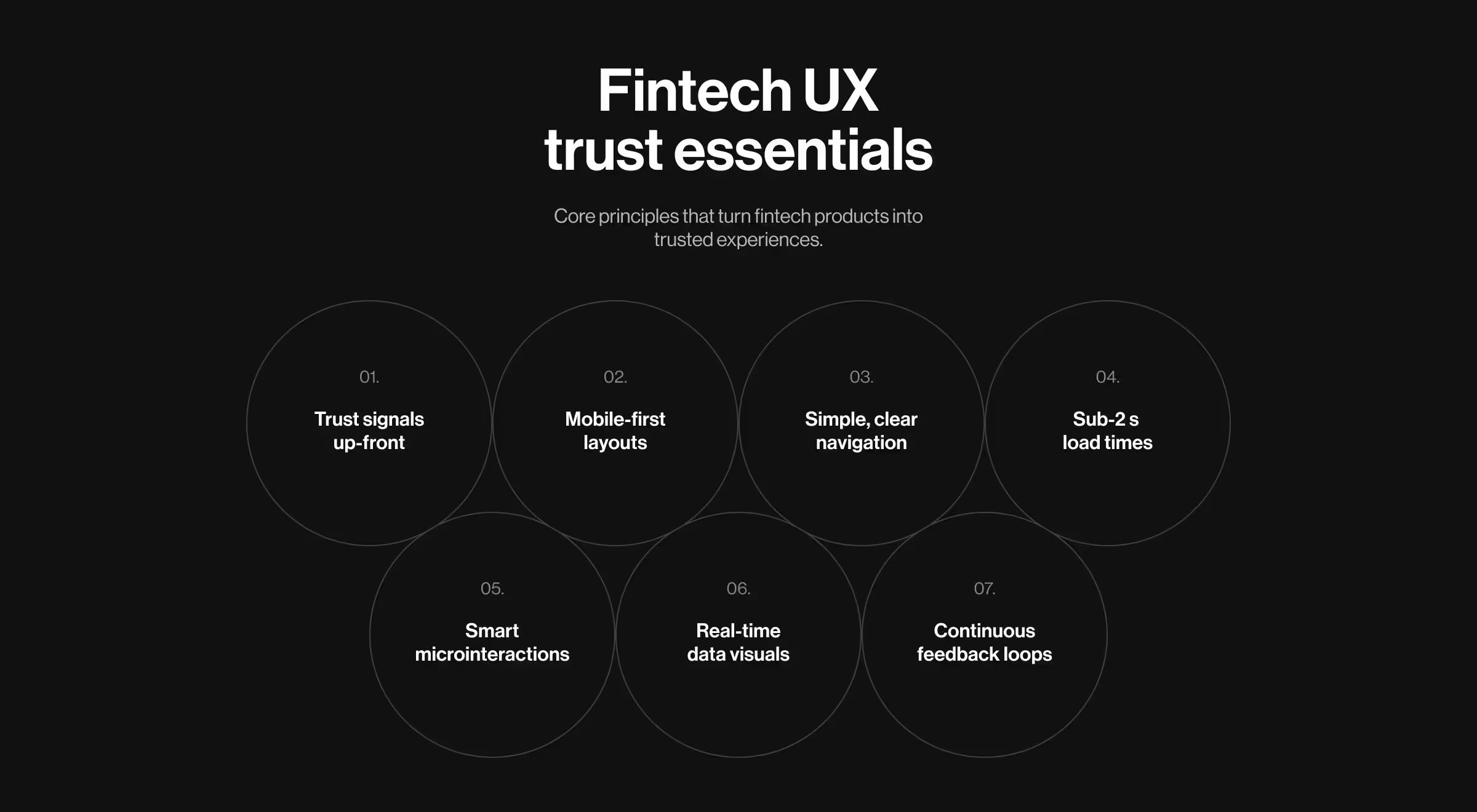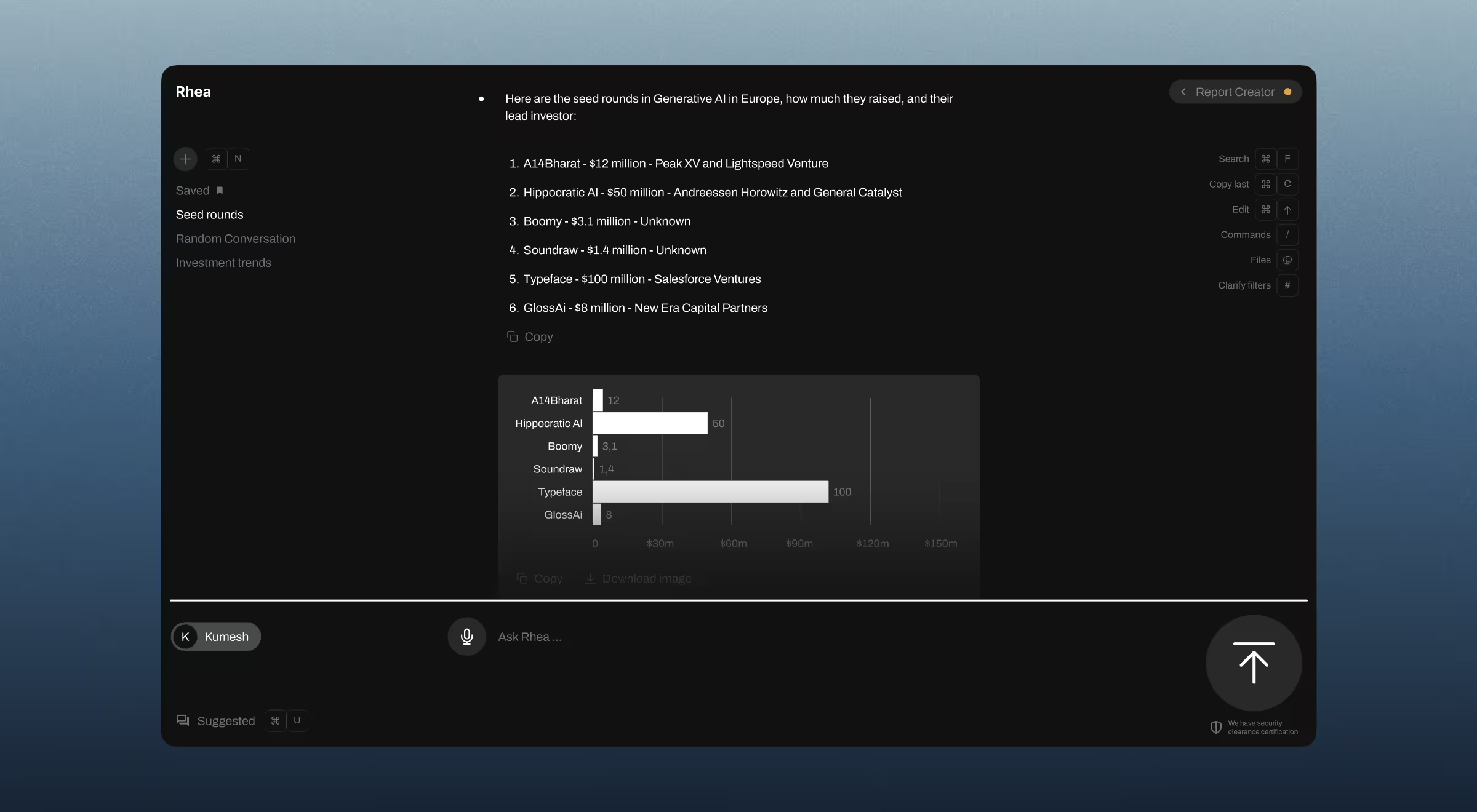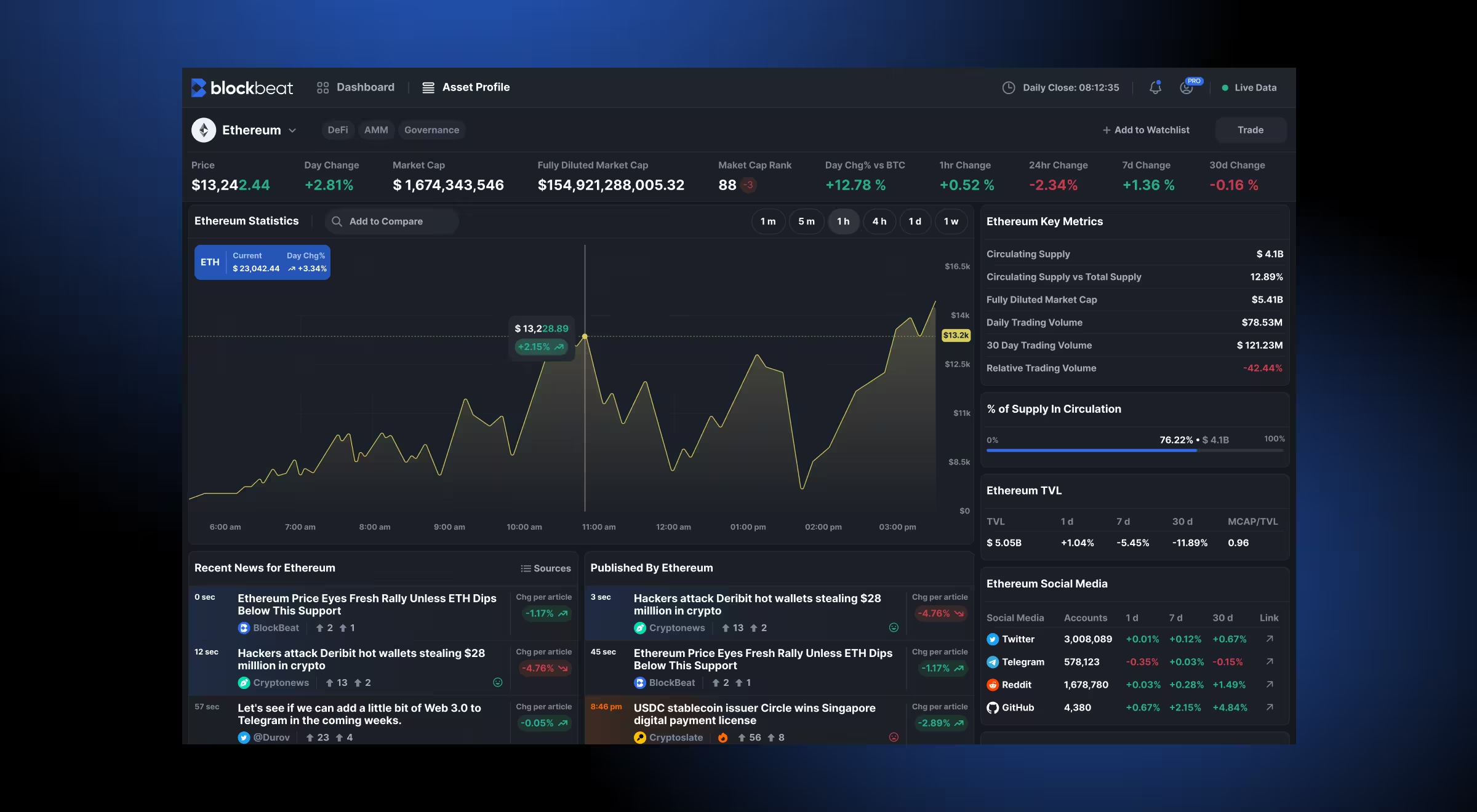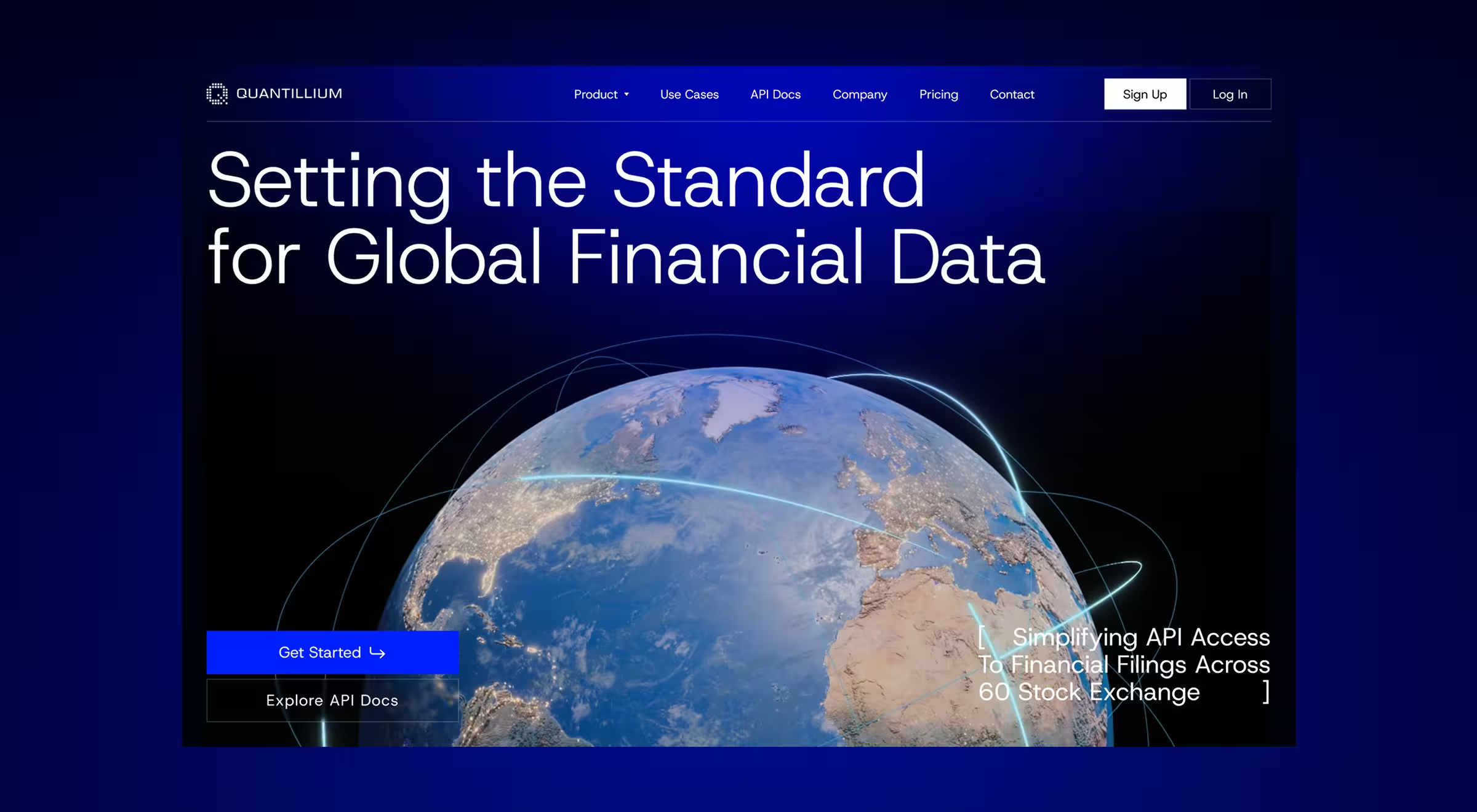Looking for the best fintech websites to benchmark before your next redesign?
We analyzed 10 stand-out fintech products to surface the UX patterns that turn first-time visitors into power users.
Key takeaways
- Professional, trust-first design separates best fintech websites from pretty-but-risky brochures.
- Mobile-first performance and sub-2 s load times win impatient users, and regulators tracking accessibility.
- Data-rich visuals and plain-English copy jointly turn complex numbers into decisions.
- Pair real-time personalization with crystal-clear CTAs; sites like Blockbeat prove relevance boosts watch-list engagement.
Why UX makes or breaks fintech trust

Money is emotional; one micro-friction in onboarding and users will abandon you.
That’s why effective fintech web design rests on a handful of non-negotiables:
- Trust signals up-front — regulatory badges, HTTPS, and transparent pricing convince new users your platform is reliable.
- Mobile-first layouts are mandatory — over 70% of fintech traffic is phone-based in 2025.
- Intuitive navigation trims cognitive load for mixed audiences — retail investors, data scientists, and financial institutions alike.
- Sub-2 s load times protect retention — every 500 ms delay can cut conversion by up to 7% in the financial industry.
- Motion microinteractions and subtle animations add polish without compromising speed, making complex dashboards feel human.
- Real-time data visualization converts raw numbers into insight, while personalized web experiences boost relevance and stickiness.
- Continuous user-feedback loops (analytics + moderated sessions) keep the site aligned with evolving market expectations.
“Good fintech UX turns regulation into reassurance and complexity into a couple of clear taps.”
{{Oleksandr Koshytskyi}}
10 fintech sites and what they nail
We scored each site on:
- First-paint speed
- Clarity of value prop within 5 seconds
- Navigation depth to core action (open account, start trial, etc.)
- Visual hierarchy & accessibility
- Conversion pathways (CTA density, social proof)
And here are the best picks for you to consider:
🔎 Read our article for a deeper dive into the best fintech UX design practices for scaling!
Common UX patterns worth copying
The best fintech websites share a handful of design moves that consistently build trust, speed up onboarding, and nudge visitors toward conversion without friction. We distilled the tactics below from ten high-performing platforms; use them as a checklist before you lock your own wireframes:
- One dominant CTA per fold – All 10 sites avoid competing buttons.
- Conversational microcopy – Stripe’s form labels read like a human, not legal fine-print.
- Skeleton loaders – Wise and Coinbase show animated placeholders to mask API latency.
- Context-aware dashboards – Rhea surfaces only the widgets an analyst needs for the current query.
🔍 Pro tip: Run a five-step remote usability testing session on your pricing page, then pipe the recordings into a tree testing tool — mis-click clusters reveal IA gaps you won’t catch in analytics alone.
Comparison matrix: UX feature vs. business goal
Use this cheat-sheet to see which UX patterns from leading fintech websites drive Trust, Activation, and Retention and why they work.
Mistakes to dodge in UX web design
Even polished fintech interfaces can leak trust and revenue when small details go unchecked. The following traps surfaced repeatedly during our teardown — skip them early and you’ll save weeks of rework and countless support tickets later.
- Over-personalization creep — Don’t request salary data on step 1.
- PDF dead-ends — Quantitative users bounce when forced to download reports; Quantillium keeps everything in-browser JSON.
- Dark-mode abuse — Blockbeat’s charts retain high contrast; many rivals don’t, causing ADA-grade issues.
Framework applied to real projects
Selecting fintech web design tactics in a vacuum rarely works.
Before we jump into the three in-depth Lazarev.agency’s case studies below, here’s why they matter: each shows how conscientious fintech web design turns complex data into actionable insights users pay for, no matter if it's an AI-generated research or a real-time crypto intelligence.
Case 1: Accern Rhea — AI-driven research terminal

Accern is a U.S. NLP company that turns unstructured news into investment signals for analysts and VCs. Analysts were juggling chatbots, spreadsheets, and PDFs — context vanished the moment they switched tabs.
We built a hybrid interface that blends prompt-based AI with dynamic widgets in a split screen: charts, footnotes, references, and drag-and-drop snippets all surface inline.
Rhea pushed Accern from Series B to an 8-figure acquisition and helped the company raise $40 M+ along the way.
Case 2: Blockbeat — real-time crypto news & trading hub

Blockbeat is a Web3 startup that streams AI-tagged news and market stats to active crypto traders. And traders needed only one screen to filter signals from noise as prices moved.
We built a hover-to-preview news feed, customizable watchlists, and data widgets that update in real time, all stitched into a dashboard designed for split-second decisions.
Client analytics show longer on-page sessions and faster trade setups, with users citing “all-in-one clarity” as the top benefit.
Case 3: Quantillium — global financial filings API

Quantillium provides developer-ready JSON access to regulatory filings from 60 exchanges across 58 countries. Its raw-data brand felt opaque; developers struggled to see the API’s power at a glance.
We built motion-led storytelling, 3D visuals, and live code snippets that let engineers preview responses without leaving the page.
After launch, average session duration jumped 32% and visits to API docs grew 18%, signalling stronger developer engagement.
🔎 Want more insights? Check out our Payoneer case study!
Your path to insight-powered growth
Great fintech solutions work as conversion engines. Identify the riskiest assumption, select the leanest method to validate it, and let real-user evidence shape design.
Each pattern above shows how deliberate UX choices (speed, clarity, adaptive interfaces) translate into measurable gains, from Quantillium’s and Blockbeat’s longer sessions to Rhea’s acquisition-level traction.
Ready to turn your site into a trust-building growth lever?
Book a strategy call with Lazarev.agency’s fintech UX team.
We’ll audit your funnel, prototype improvements, and ship designs that move revenue.





























.webp)



















